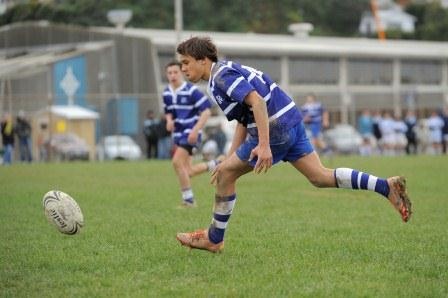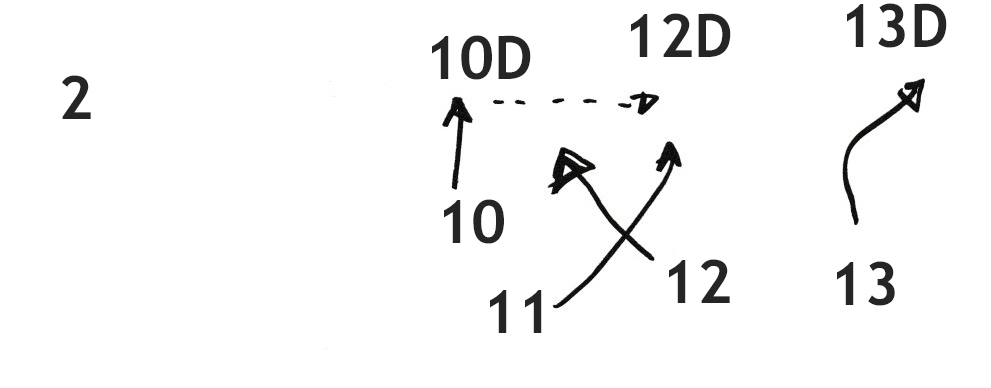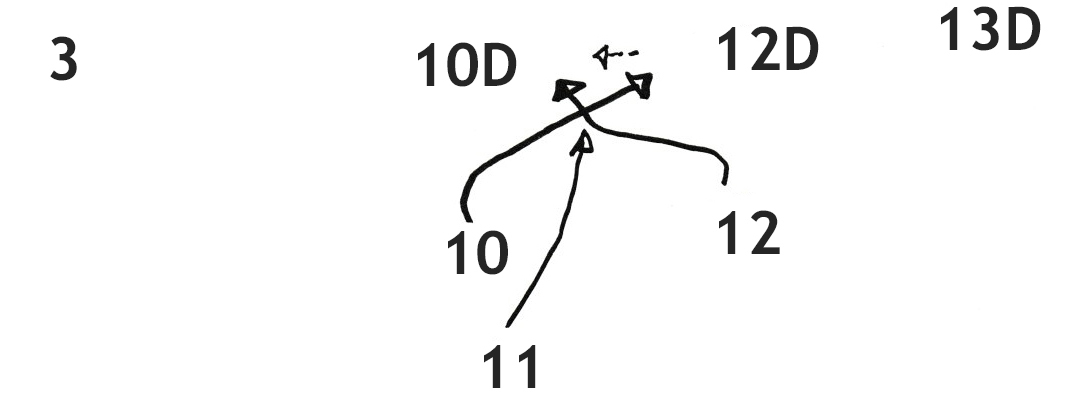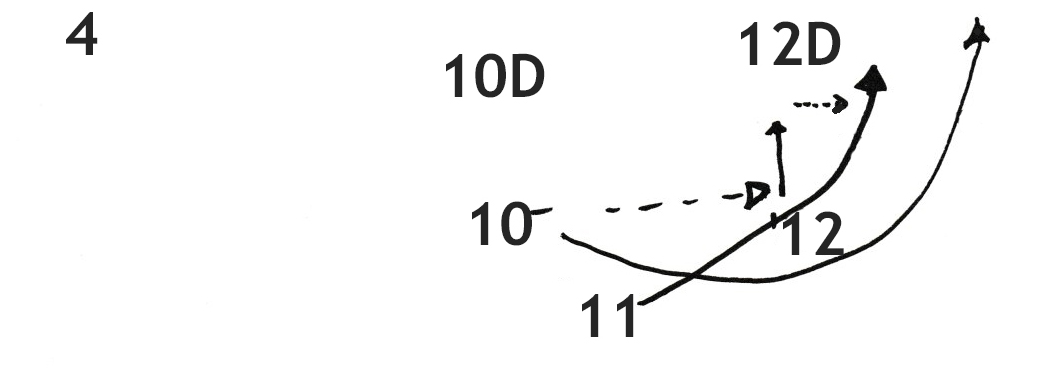- Rugby Toolbox
- Resources & Education
- Learn more
- Articles
- Snook on Coaching
- Winger Attacking Outside First-Five
- Ruck & Run Drill
- Playing Philosophy – Ruck & Run Coaching Components
- Playing Philosophy – Spread the Forwards
- Playing Philosophy – A forward behind the ruck
- Playing Philosophy – Ruck & Run
- Playing Philosophy – An idea!
- The Breakdown
- Building Positivity [3]
- Building Positivity [2]
- Building Positivity
- Fitness and Game Related Activities
- Getting the Head Working
- Missiles are Dangerous
- Use of Video
- Winger Attacking Outside First-Five
- Player Profiling
- Selection
- Fitness Away from the Team Session
- Playing Philosophy (Pre season Prep)
- Coaching the Coaches
- The Rugby Coordinator and Pre-Season Preparation
- Why Not Use Tap Penalties More Often?
- Why Kick the Ball Down the Middle of the Field?
- Defending the 5 Metre Lineout Drive
- Scoring from the 5 Metre Lineout
- What are the Kicking Team Aiming to Achieve from Halfway Restart
- Should We Practice Scoring Tries?
- Team Culture
- Looking After Your Players
- Coach Survival Tips
- Under 11/13 – Backline Defence
- Under 11/13 – Ruck Defence
- Under 11/13 – Back Attack
- Under 13 – The Counter Attack
- Under 11/13 – The Maul
- Under 11/13 – Lineouts
- Under 11/13 – Decision Making
- Under 11/13 – Support Play
- Under 11/13 – Dive Pass and More
- Under 11/13 – Drop & Grubber Kick /Highball Catch
- Under 11/13 – Front on Tackling
- Under 11/13 – Contact – Getting Up – The Ruck
- Under 11/13 – The Coaching Session
- Under 8/10 – Using Space
- Under 8/10 – Kicking
- Under 8/10 – Contact and Picking Up the Ball
- U8/U10 Draw & Pass and Sidestep
- Under 8/10 – The Tackle
- Under 8/10 – The Coaching Session
- Under 7 – Test Your Coaching – Support Play
- Tap Pass and Swerve U7
- Ball Familiarisation; Passing & Receiving
- Activities for the Non-Contact Tackle
- Under 7 – The Coaching Session
- Coaching Teenagers – After the Ruck
- Coaching Teenagers – The Practice Session
- Coaching Teenagers – Best Practice
- Coaching Kids – Best Practice
- Plays from a Tap Penalty
- Running Plays from a 5 Man Lineout
- Driving Plays from a 5 Man Lineout
- Strike Plays at the End of the Lineout
- Back Strike Plays at the Lineout
- Wide Strike at the Scrum (2)
- Wide Strike at the Scrum
- Midfield Attack at the Scrum
- No 8 Plays at the Scrum (2)
- No 8 Plays at the Scrum
- The Cut Out Pass
- Skills to Penetrate (2)
- Skills to Penetrate
- Movements to Penetrate
- Patterns to Penetrate
- Contact and Continuity
- Keeping the Ball Alive Out Wide
- Pre Season Support Activities
- Checklist
- Understanding the game
- The Playing Philosophy
- The Lineout
- Overview
- Team Profile
- Start Now!
- Backrow
- Nine and Ten
- Rugby-related Fitness Activities
- The Psychological Edge
- Open Field Play
- Key Performance Indicators
- Improving Team Performance
- Backline Attack Concepts
- Tactics at Phase Play
- Playing Philosophy
- The ‘Stop Focus’
- Kick Attack
- Clearing the 22
- Wide Attack at Phase
- Player Focus
- Scrum Preparation
- Lineout Preparation
- Back Attack Preparation
- Sevens Preparation
- Sevens Kick Offs
- Sevens Scrum and Lineout
- Sevens Attack Patterns
- Sevens Defence
- 7's Selection and Game Planning
- Coaching and Leadership
- How the Game Evolves
- Changing Within the Game
- Learning from the Television.
- Using Tap Penalties Wisely
- Defence Drills
- Defence Drills for Tight Five
- Team Defence and TUB’ing
- Establishing Patterns from the Ruck
- Structured Phase Play
- Structuring Phase Play on the Run
- Coaching Roles
- Structuring a Close in Tackling/Defensive Session
- Coaching in Threes
- Attacking Back Play
- Kick Off Chase
- Wrap Around Back Plays
- Lineout Plans
- Looking and Learning
- Motivating Your Players
- Scrum Attack
- Refocusing the Team
- Monitoring the Progress
- Learning the Game
- Playing to the Laws
- Small is OK
- Decisions After the Tackle
- Improving Your Coaching
- Food for Thought
- More Food for Thought
- Passing & Catching
- How Ireland Nearly Beat the All Blacks
- The Progressive Coach
- Try Something New
- Encouraging Excitement
- The Mental Approach
- Where to Start
- Being the Best You Can Be
- Off the Ball Decisions
- Lineouts Difficult to Master
- Decisions on the Run
- Rucking and Rolling
- A Successful Approach
- Gaining Clarity
- Manipulation vs Physicality
- Beating the Drift
- To Ruck or Not to Ruck
- Stopping the Lineout Drive
- Fine Tuning the Planning
- It's a Running Game
- RugbySmart 2015
- Using the Shoulders
- Loosehead Prop / Tighthead Prop
- Position Specific – Hooker
- Position Specific – Lock
- Position Specific – Blindside Flanker
- Position Specific – Openside Flanker
- Position Specific – No 8
- Position Specific – Halfback
- Position Specific – First Five Eighth
- Position Specific – Second Five Eighth
- Position Specific – Centre Three-quarter
- Position Specific – Wing
- Position Specific – Fullback
Winger Attacking Outside First-Five

Backline attack must meet the fundamental requirement of creating indecision among the defensive line by placing them under sufficient pressure that they are not entirely sure who they should tackle, or they find themselves in a position where the tackle is a difficult one.
The key components to create indecision include:
The ball carrier ‘fixing’ the defender by running directly at the inside shoulder, then passing away from the defender.
Depending on the skill level of the group the closer the attackers can operate to the defensive line the more pressure they will create on the defenders.
The immediate players inside and outside the ball carrier being a threat so that the defenders need to keep an eye on them.
These players should be helping create a clear channel for the penetrator to burst in to.
Each backline player will have some role to being a ‘threat’ even if they are not near the ball carrier. Think about what they could be doing to help with a particular play.
The timing of the penetrators run, the changing of angles of the ball carrier, decoy or the penetrator, and the support play will all help create a successful play.
The building blocks to a successful backline are: handling skills, running skills and decision making. There are lots of activities to be found in the Coaching Toolbox which will help with these areas. Imagination and variations with the plan will go a long way towards a successful outcome.
Winger attacking outside 10
At every set piece and often at phase play the winger on the short side must be ready to join the attack.
Particularly at scrum and lineout taking up a position behind 10 will immediately place some doubt in the defenders’ minds.
The key then is for 10 to take the ball to the defensive line and create pressure for the first defender. If the ball is flat and quick it may well be the opposition first-five who is asked to make the tackle which leaves the defending 12 having to make a decision on whether to take the winger who is starting to come in to focus.
If the inside defending forward has time to get across and tackle 10 then the winger will be targeting the opposing first-five who will quite often be the weakest tackler or smallest player amongst the inside defensive group.
Hence, without doing too much on attack the defence are under pressure.
There are of course many variations to what plays can be developed using 10, 12 and the blindside winger as the three attackers.
As soon as the defence becomes confused on the insides the attack will either get in behind the defensive line or find space out wider with quick phase ball.
Make up some patterns and try them out. Don’t forget to coach the support and continuity aspects once the initial play has been fine-tuned.

10 takes the ball to the line threatening their opposite number with a direct run. The idea is to square their opposite up so they cannot drift out to defend. The flatter the ball is received the more likely this is to be successful. The attacking 10 needs to run at a good pace to commit the defender.
12 will go forward, catch their opposites eyes by talking and calling for the ball. They will then change pace and run on an outward line to drag 12D with them.
As this is happening 11 will pop up from behind 10 and hit a short pass at pace running into the space that has been created. 11 must be keeping an eye on 12D so they know if they have a clear space or 12D is holding their ground.
11 can still break the tackle if necessary or an alternative call can be made so that 10 passes across 11 to 12.
Communication and timing are the key aspects.

10 takes the ball forward. 12 runs on an ‘in’ angle at pace ready to receive a short ball.
10 can pass to 12 or pass behind 12 to 11 who straightens up, accelerates, and forces the gap between 12D and 13D.
13 must open up the space between 12D and 13 D by catching the attention of their opposite number. If their opposite number is not watching them they will hold their depth and call for a pass from 11. (as an option)

10 receives slightly deeper; runs forward in balance, then changes direction and pace heading towards 12D’s outside shoulder dragging them wider.
12 waits until 10 is ready to accelerate and runs a dummy switch aimed at 10D.
10 dummies, continues, and then passes an in-ball to 11.
The timing is crucial in this pattern so it will need to be practiced often against a defence.

10 passes to 12 and runs a wide loop line.
12 attacks their opposite number with a direct run.
11 runs behind 12 and comes up for a short pass on their outside shoulder.
10 has already gone and is calling for the pass as a dummy.
Think what you could add to this pattern.